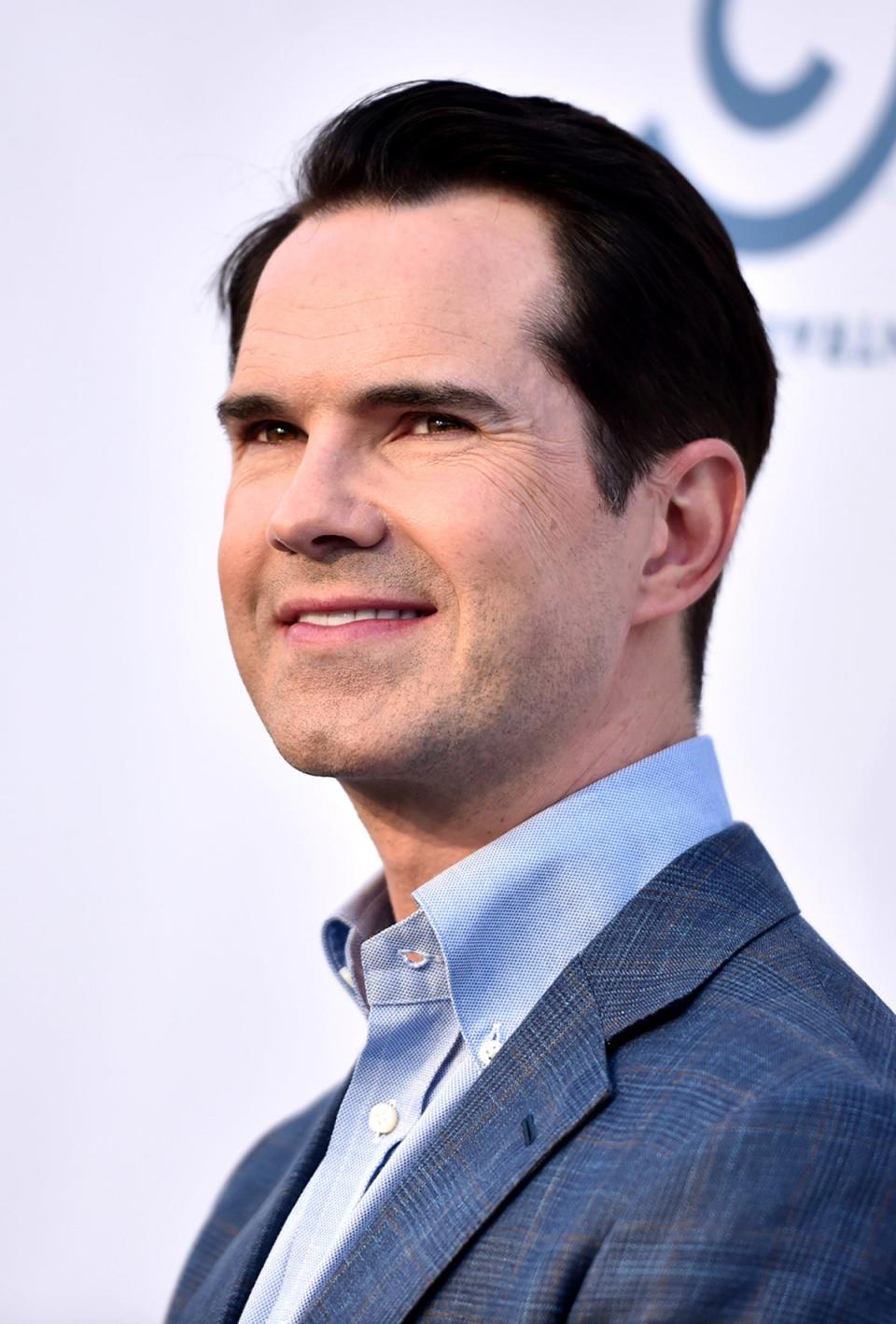How hair transplants became the ultimate male taboo

Wayne Rooney had one, and it looks like Elon Musk had one, too. Prince Harry and Machine Gun Kelly are rumoured to have spent a lot of money on theirs. Matt Hancock denied having had one earlier this year, which means we can presumably look forward to the scandalous exposé detailing how much it cost and who paid for it in due course. While gossip columns remain rife with news of celebrity actors and international athletes who’ve taken the plunge, it’s fair to say that hair transplant operations are no longer exclusively the preserve of insecure millionaires.
Nonetheless, they are still widely perceived as a stealth move undertaken by men in the hope that no one will notice or require an explanation, rather than something to be openly documented and discussed with friends, family and colleagues. Like most subjects that men have historically been expected to stay quiet about, though, keeping anxieties around baldness under your hat is a fast-track to lower self-esteem and poor mental health.
More than 613,000 men had hair transplant procedures in 2021. The majority of them were aged 26-35, and that number is expected to rocket as both affordability and accessibility continue to improve. What’s less clear is how quickly such treatments are becoming normalised, particularly in a society where the only thing that’s deemed funnier than going bald is trying to avoid it. It’s considered a pretty safe subject of ridicule – certainly in the UK, where Jimmy Carr’s transplant was mocked by Amanda Holden as recently as October.
Dr Matee Rajput, 42, is one of the UK’s leading hair transplant surgeons, having worked in the industry for over 11 years. He started personally experiencing hair loss about seven or eight years ago, and eventually had a hair transplant operation of his own in 2019. “I had the big McDonald’s sign, you know? Receding at the temples,” he recalls. “It was getting to a point where I wasn’t even taking any pictures; you become self-conscious without even realising it.”
For Dr Rajput, it was a joke from his mother about hair loss that prompted him to consider the procedure, and it seems that the daily onslaught of “banter” – whether it tips over into outright bullying or not – is frequently cited as a reason for men choosing to get the treatment. “Even on Match of the Day, Gary Lineker’s always making reference to Alan Shearer’s lack of hair,” he adds, “and the poor guy just laughs.”
The duality of public self-deprecation and private misery is a common theme among the men I speak to. Lee Bennett, a 29-year-old PR from Salford, recalls starting to lose his hair at the age of 16, when he was going through “a bit of an emo phase” with the obligatory sweeping fringe.
Thinning hair wasn’t just an inconvenience to Lee; it was a mental health crisis. “I honestly can’t even put into words how awful it made me feel,” he says. “I didn’t want to go out, didn’t want to look in the mirror, didn’t want to do anything. I felt so uncomfortable.”
I recently did a hair transplant on a 78-year-old, and we also had someone as young as 19 who’d been bullied at school and wanted confidence ahead of going to university
Dr Matee Rajput
Given that 70 per cent of men experience hair loss – and remarkably, one in four see the first signs of baldness before they reach the age of 21 – it’s no surprise that hair loss treatment is a multibillion-dollar industry. That’s not just transplants, often still viewed as a last resort, but the vast array of shampoos, powders, mousses, sprays, pills, and just about every other consumable imaginable that promises to thicken or even aid regrowth.
So are we now approaching a cultural saturation point that will see the stigma around hair transplants diminish as their popularity surges? Lee isn’t optimistic, but believes more open discussion about them will make a difference – especially from those who, like him, were delighted with the results. “It’s honestly the best thing that I’ve ever done,” he admits. “It’s changed how I feel about myself so much.”
Lee also sees this as a crisis of straight masculine identity in particular. “I do think that being gay is why I feel more comfortable talking about it,” he says. “I’m quite an open person – it’s not the first big thing that I’ve had to share in my life! Straight men are often in that mindset of ‘I’m a man, I need to man up’ and keep it inside. I’ve had a lot of women contact me on behalf of their boyfriends, because they know it’s something they’re worrying about but won’t talk about it or ask for help.”
James Wraith-Childs, a 38-year-old from Manchester, has also had no issue being vocal about his transplants. “I wasn’t ashamed, and I thought, ‘You know what, if it helps other people...’ Which it has done. I’ve had so many people asking me questions and I’ve been happy to help them. The stigma doesn’t seem to be as bad any more, there’s just so many people interested in it.”

While he recognises many of the pitfalls and pile-ons found on social media, he also sees a lot of positivity emerging from the sharing of personal experiences, particularly on TikTok; hope-questing rather than doom-scrolling. “A lot of people are sharing stories talking about issues they’re facing, and it brings more people together to share experiences and advice... what works and doesn’t work,” he explains. “People just want to help each other, from what I can see. Long gone are the days of ‘Be a man, keep it to yourself.’”
Dr Rajput agrees, telling me his goal is to “break the taboo” around a subject that has typically been defined by secrecy and derision. “Now we have people from all different ages and backgrounds – I recently did a hair transplant on a 78-year-old, and we also had someone as young as 19 who’d been bullied at school and wanted confidence ahead of going to university,” he says. “2023 is the year we’re getting rid of all these different taboos in society, and I think hair loss should be one of them.”
All three men tell me they wish they’d had the procedure done sooner; that it was a life-changing experience for the better, and a huge boost to their confidence. If progress is to be made, the lesson seems to be a familiar one: nothing gets better until people are able to talk about their insecurities without fear of ridicule. Especially since the more patchwork efforts of the Rooney era are mostly archived to the past (“If he had the hair transplant now, he’d have much better results,” Dr Rajput assures me).
Beyond that, the best advice for those considering the procedure seems to be to do your research, contact people who’ve had it done, and – tragically, six months and one midlife crisis too late for this author – don’t bleach your hair. Your 2004-era Gerard Way-style mop of dyed hair is probably never coming back, but it may not be “So long and goodnight” for your hairline just yet.

